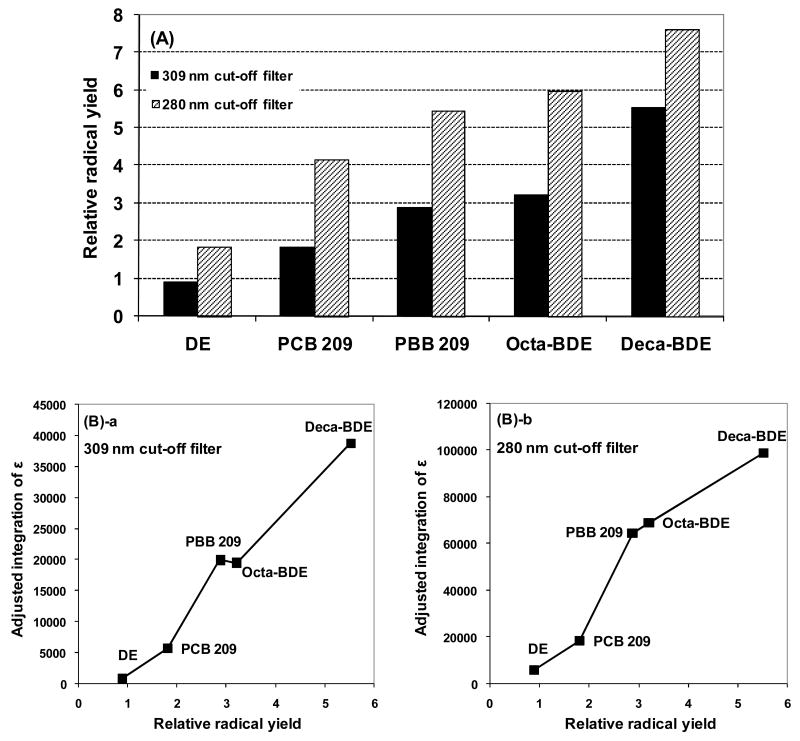Figure 2. Radical formation by structurally related compounds, relation to UV molar absorption coefficient (ε).
(A) radical yield after irradiation with a 309 nm cut-off filter (black bars) or a 280 nm cut-off filter (striped bars). The radical yield was obtained by double-integration of EPR spectra; relative radical yield: ratio of radical yield of each compound to radical yield of THF alone. (B) Radical yield correlated to UV absorption: the area under the absorption curve (ε) was determined by a Trapezoid integration; to estimate the actual light absorbed by the sample when employing a cutoff filter, an “adjusted-integration” was determined by the percent transmittance of the cutoff filter at a specific wavelength times the extinction coefficient of the compound at that wavelength in the integration. (a) 309 nm cut-off filter; (b) 280 nm cut-off filter.

